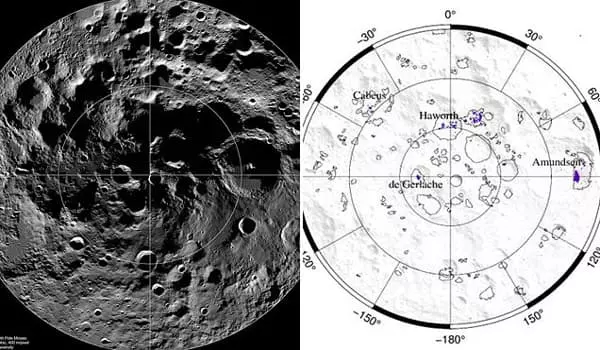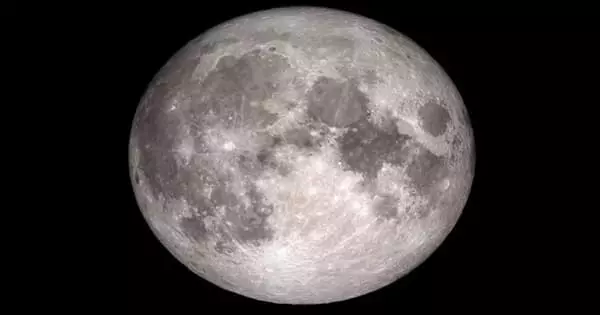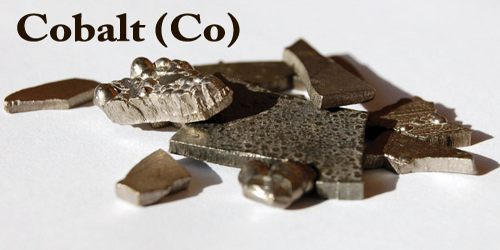Researchers have confirmed the existence of lunar carbon dioxide cold traps, which may contain solid carbon dioxide that can be used to fuel longer stays on the Moon. The discovery could have an impact on future lunar missions and the feasibility of a long-term robot or human presence on the Moon.
Researchers have confirmed the existence of lunar carbon dioxide cold traps that could potentially contain solid carbon dioxide after decades of speculation. The discovery will almost certainly have a significant impact on future lunar missions, as well as the feasibility of a long-term robot or human presence on the moon.
Temperatures in the permanently shadowed regions at our moon’s poles fall below those in Pluto’s coldest areas, allowing for carbon dioxide cold traps. Carbon dioxide molecules could freeze and remain solid in these cold traps even during the lunar summer’s peak temperatures.
Carbon dioxide and other potentially volatile organics could help scientists better understand the origins of water and other elements on the Moon, in addition to fueling longer lunar stays. Although planetary scientists have predicted the presence of carbon dioxide cold traps for years, this new study is the first to firmly establish and map the presence of carbon dioxide cold traps.
The presence of carbon dioxide cold traps does not guarantee the presence of solid carbon dioxide on the moon, but it does increase the likelihood that future missions will find carbon dioxide ice there.
Norbert Schörghofer
Future human or robot explorers may be able to use the solid carbon dioxide in these cold traps to generate fuel or materials for longer lunar stays. Carbon dioxide and other potentially volatile organics could also aid scientists in understanding the origins of water and other elements on the moon.
Although planetary scientists have predicted the presence of carbon dioxide cold traps for years, this new study is the first to firmly establish and map the presence of carbon dioxide cold traps. Researchers analyzed 11 years of temperature data from NASA’s Lunar Reconnaissance Orbiter’s Diviner Lunar Radiometer Experiment to find the coldest spots on the moon’s surface.
The new study, published in the American Geophysical Union journal Geophysical Research Letters, which publishes high-impact, short-format reports with immediate implications spanning all Earth and space sciences, reveals that these cold traps include several pockets concentrated around the lunar south pole. The total area of these carbon dioxide traps is 204 square kilometers, with the Amundsen Crater hosting the most traps (82 square kilometers). Temperatures in these areas are constantly below 60 degrees Kelvin (about minus 352 degrees Fahrenheit.)

According to the researchers, the presence of carbon dioxide cold traps does not guarantee the presence of solid carbon dioxide on the moon, but it does increase the likelihood that future missions will find carbon dioxide ice there.
“I think when I started this, the question was, ‘Can we confidently say there are carbon dioxide cold traps on the moon or not?'” said Norbert Schörghofer, lead author of the study and a planetary scientist at the Planetary Science Institute. “My surprise was that they are, in fact, present. It could be that we can’t prove their existence, that they’re just one pixel on a map… but I think the surprise was that we actually found contiguous regions that are cold enough, without a doubt.”
Managing the moon
The discovery of carbon dioxide traps on the moon will almost certainly have ramifications for future lunar exploration and international policy regarding the resource. If solid carbon dioxide is found in these cold traps, it could be used in a variety of ways. Future space explorers could use the resource to make steel, rocket fuel, and biomaterials, all of which are required for long-term robot or human presence on the moon. This potential has already piqued the interest of governments and private corporations.
Scientists could also investigate lunar carbon to learn more about how organic compounds form and what kinds of molecules can be produced naturally in these harsh environments. According to Paul Hayne, a planetary scientist at the University of Colorado, Boulder who was not involved in the study, the carbon dioxide cold traps could also help scientists answer long-standing questions about the origins of water and other volatiles in the Earth-moon system.
Scientists could also investigate lunar carbon to learn more about how organic compounds form and what kinds of molecules can be produced naturally in these harsh environments. Carbon dioxide could be used as a tracer for the origins of water and other volatiles on the lunar surface, allowing scientists to better understand how they arrived there and on Earth.
“These should be high-priority sites for future landed missions,” said Hayne. “This kind of pinpoints where you might go on the lunar surface to answer some of these big questions about volatiles on the moon and their delivery from other parts of the solar system.”
















